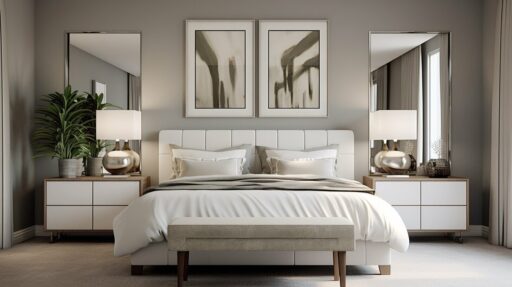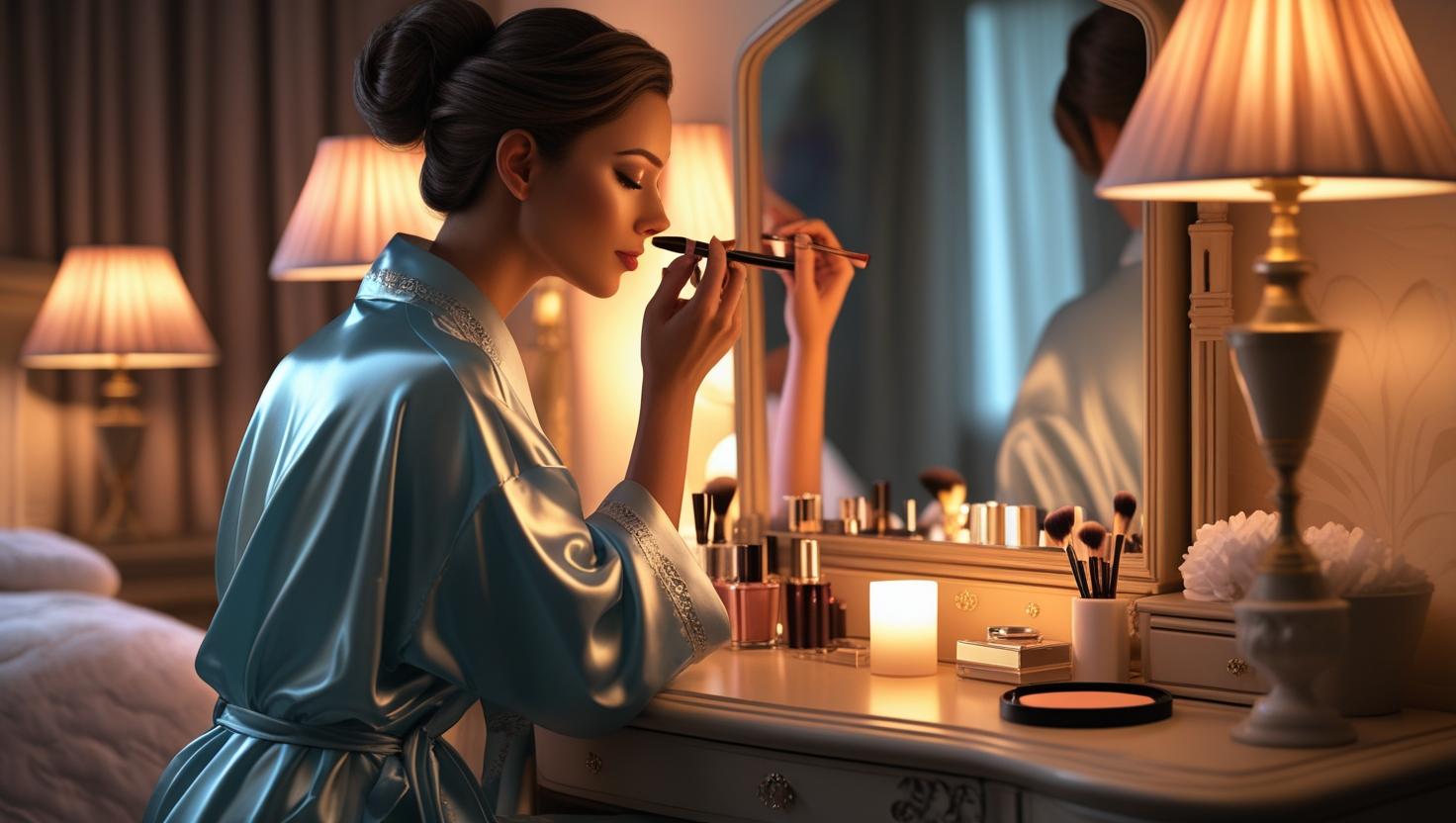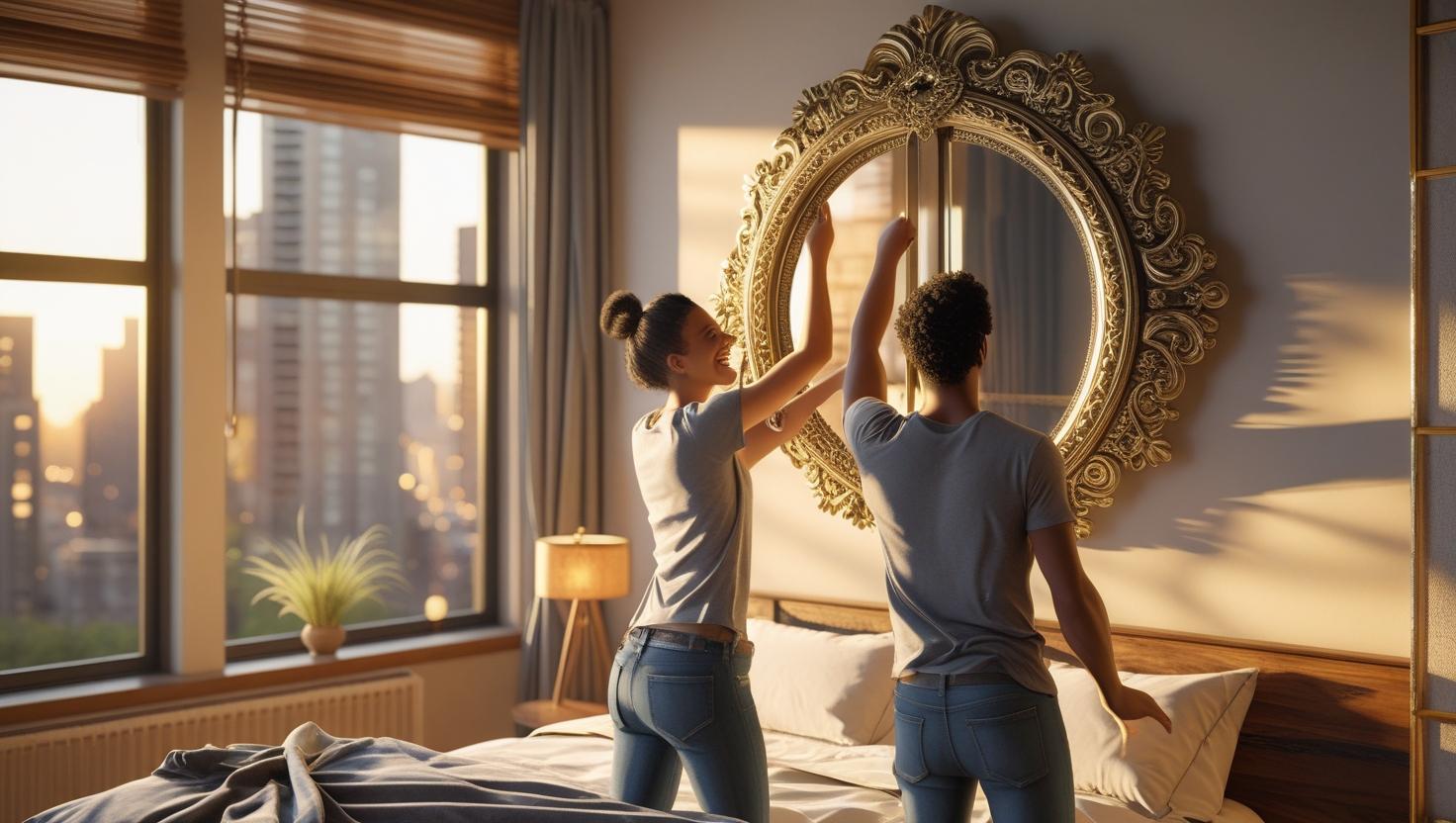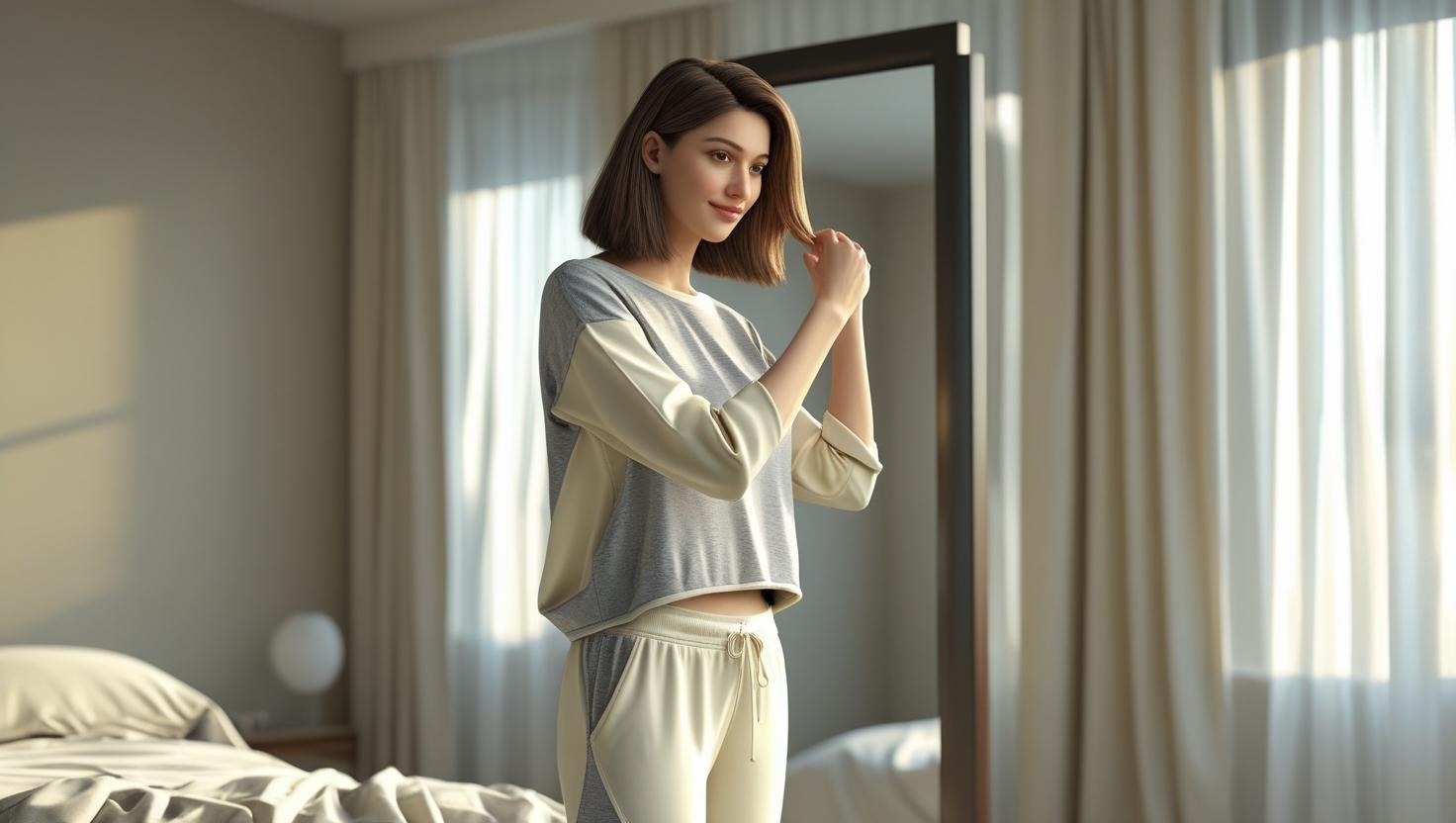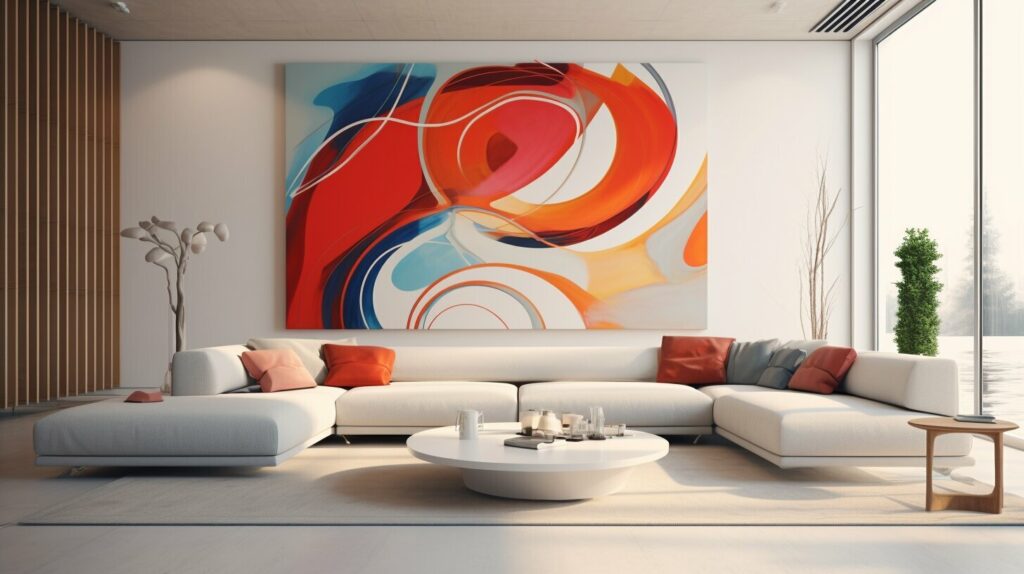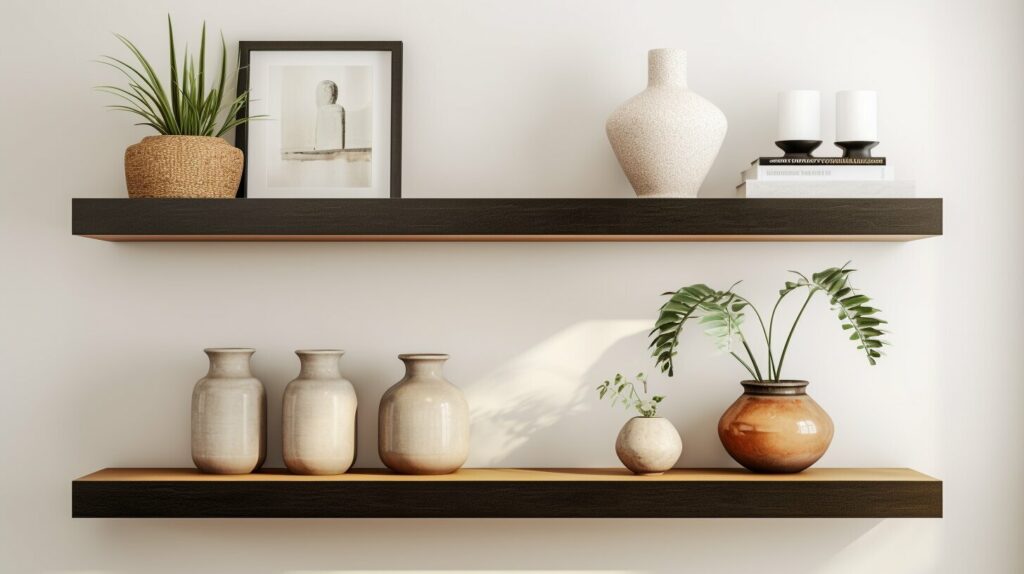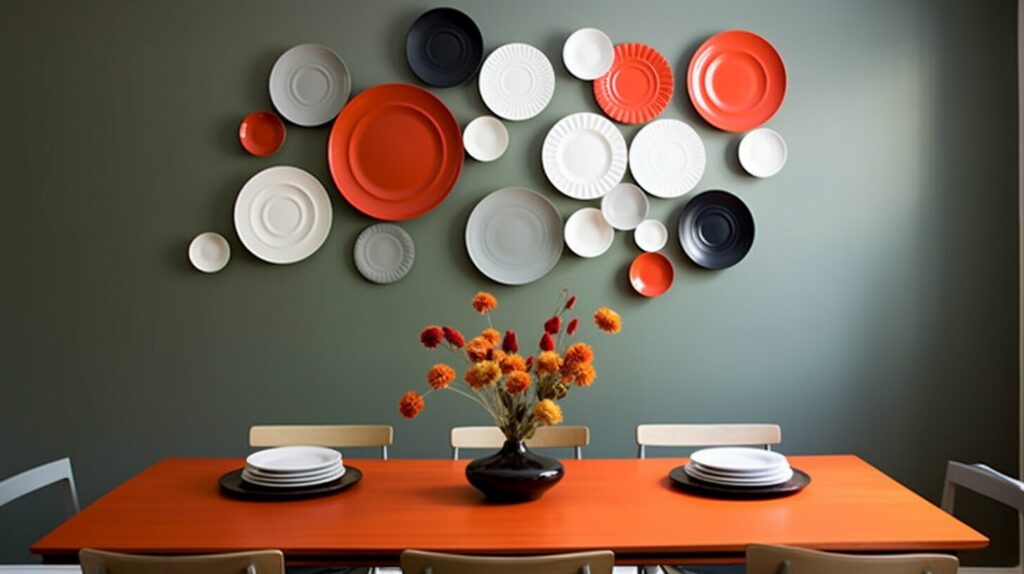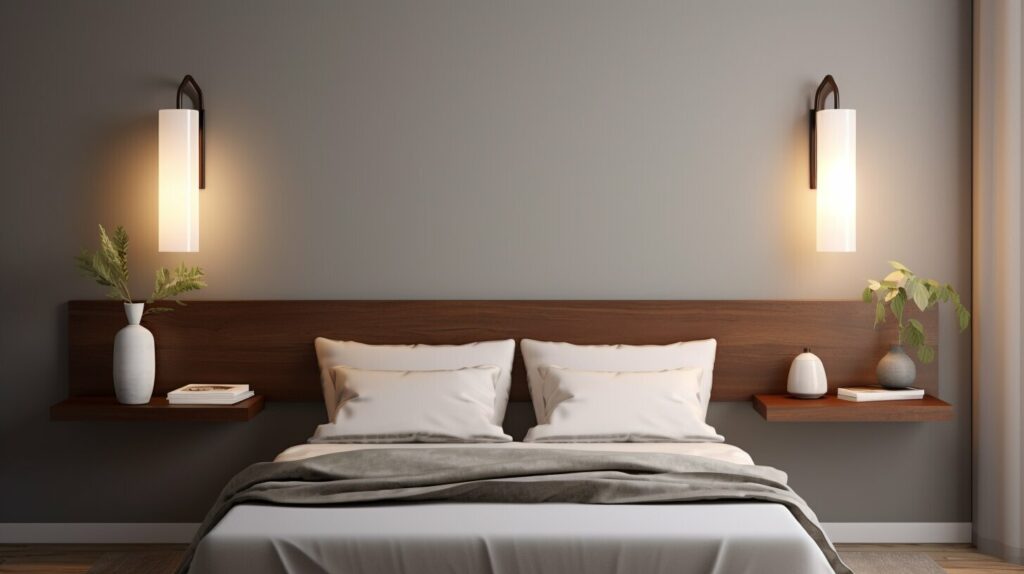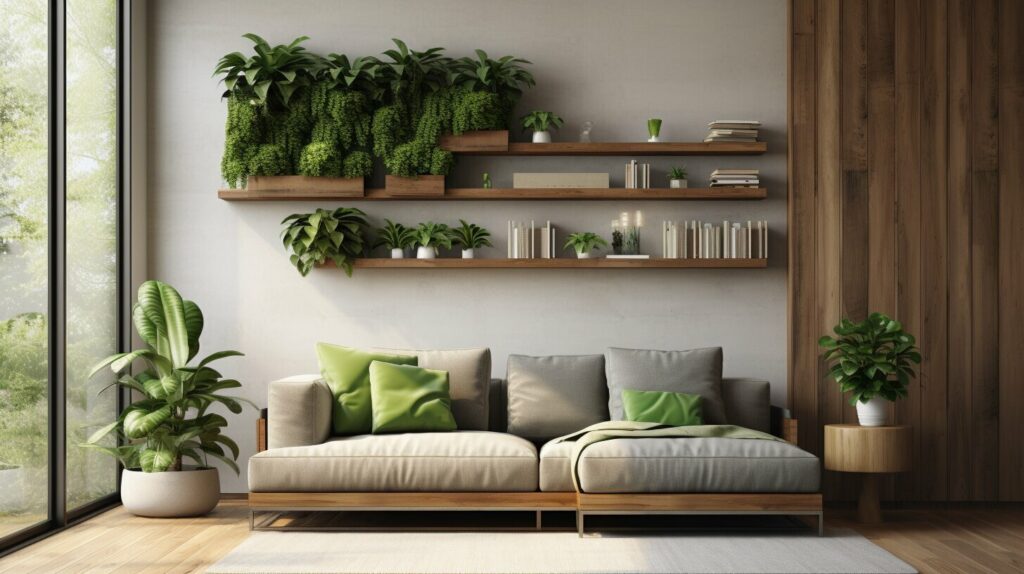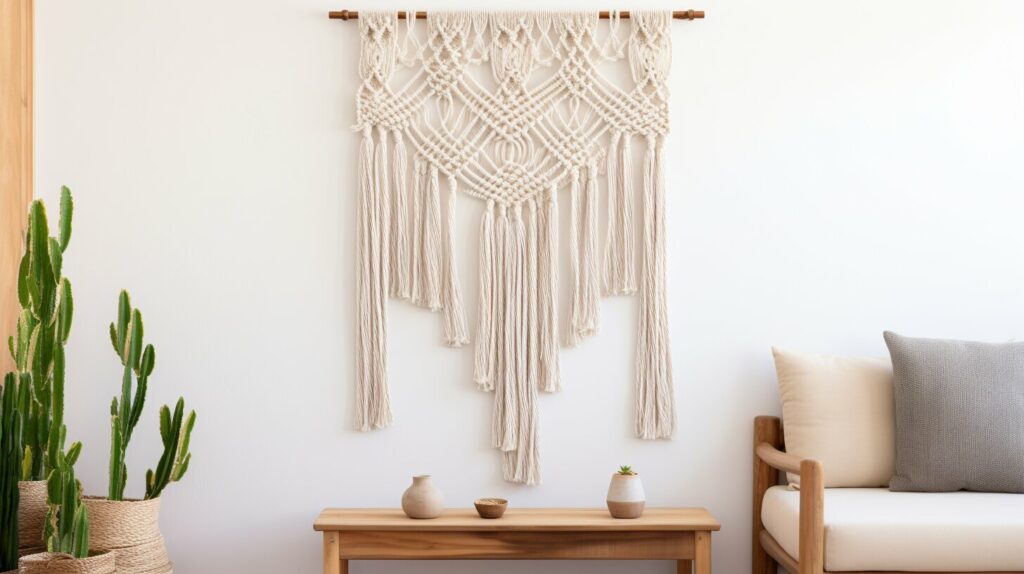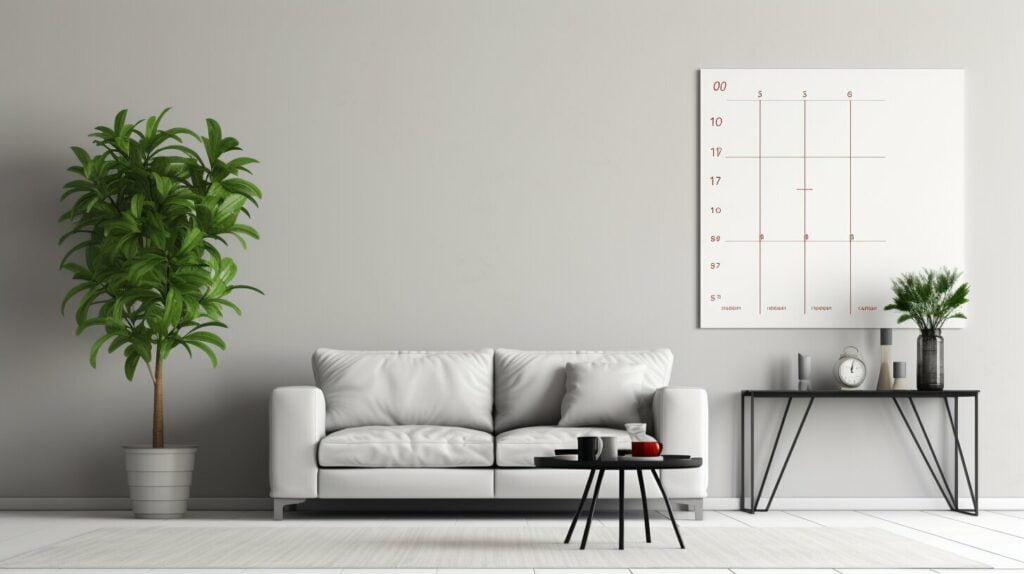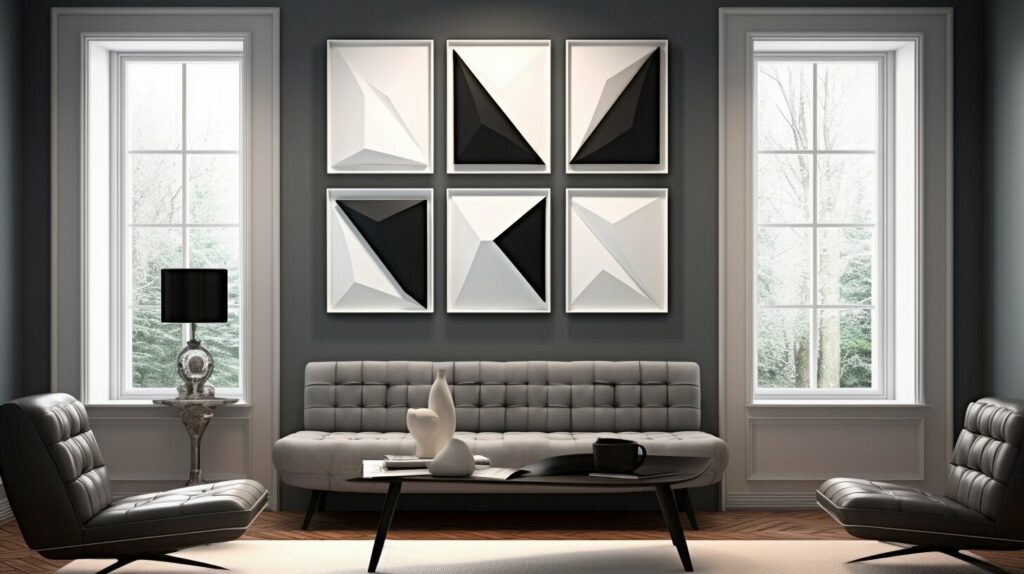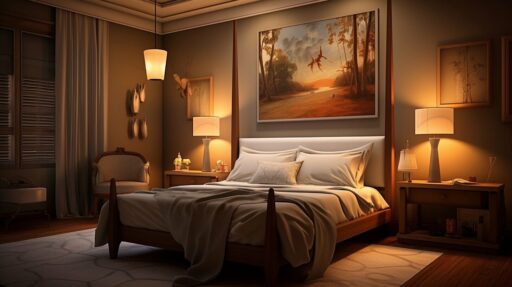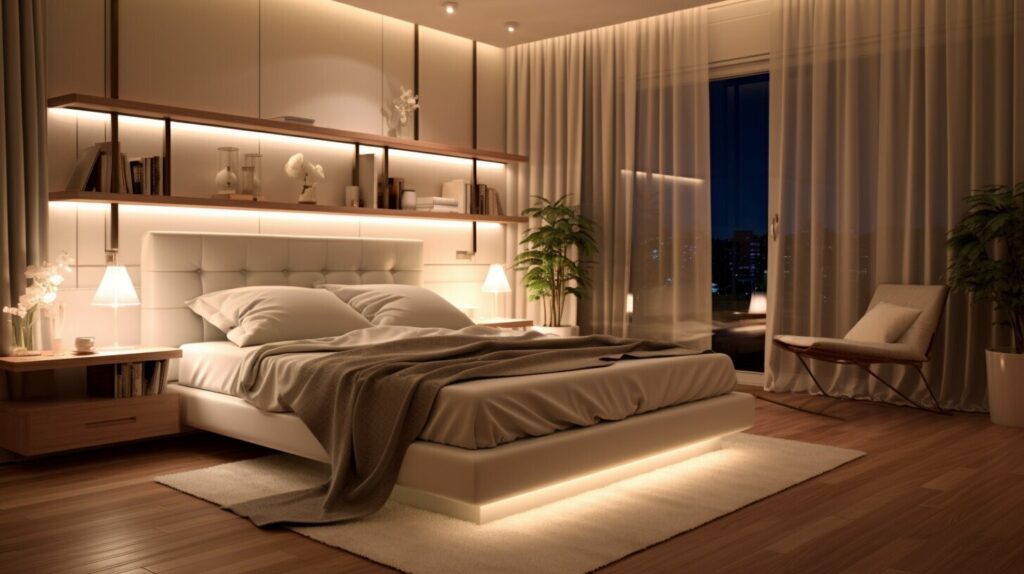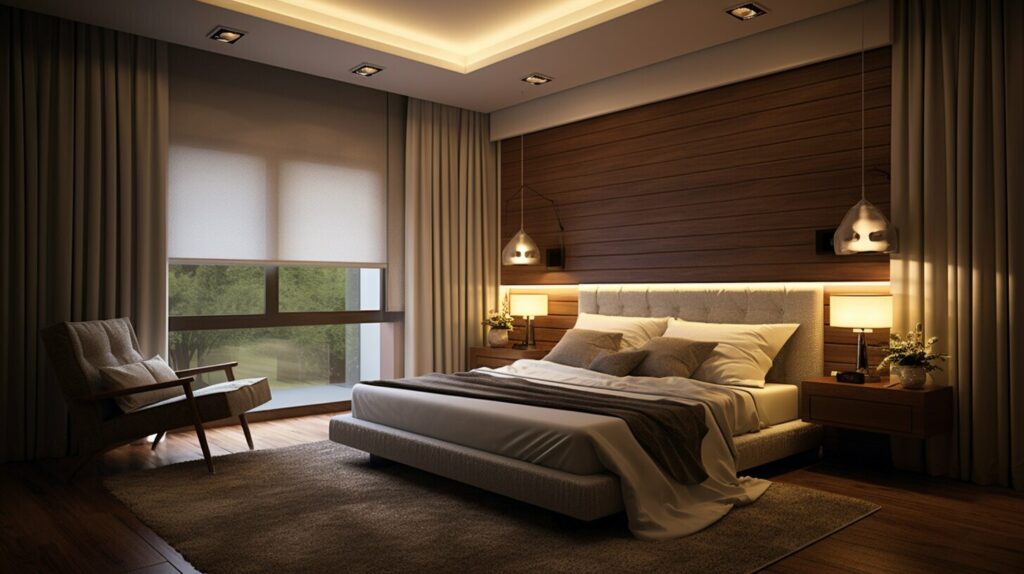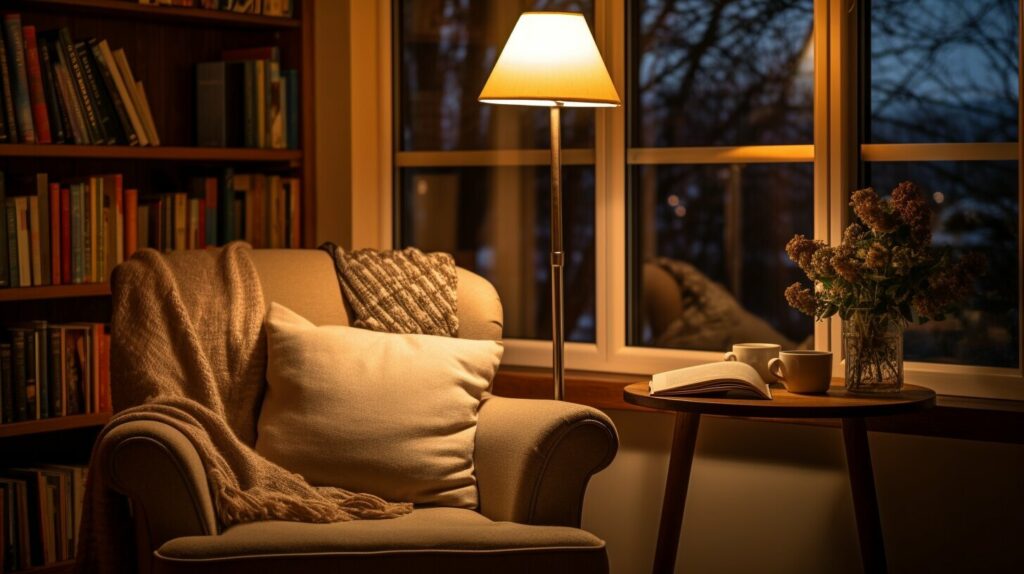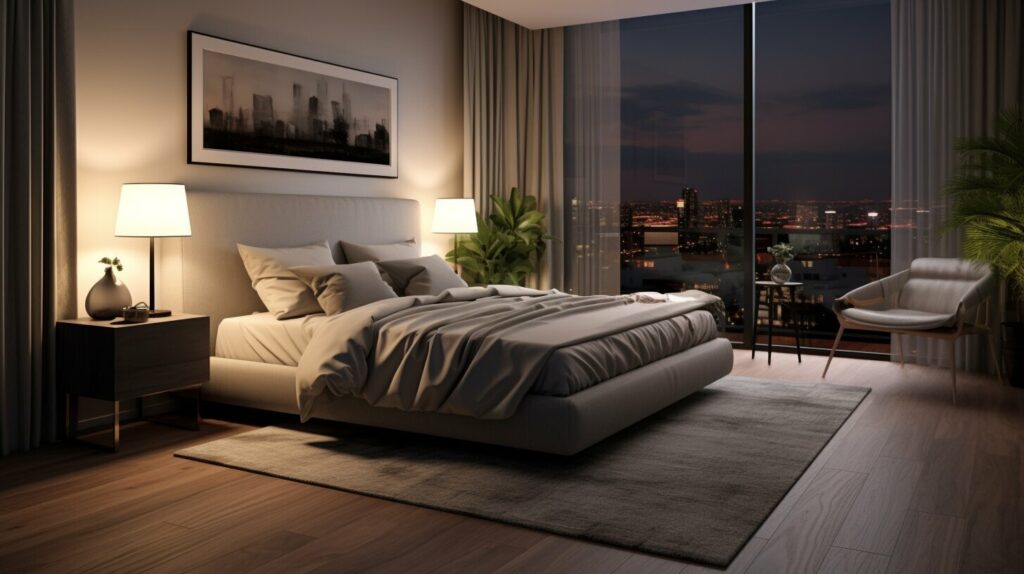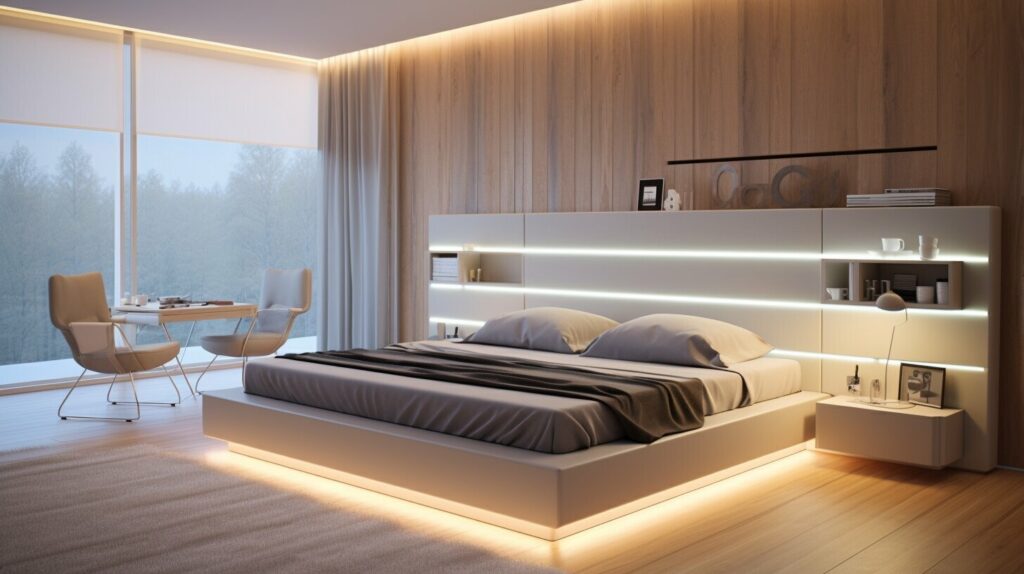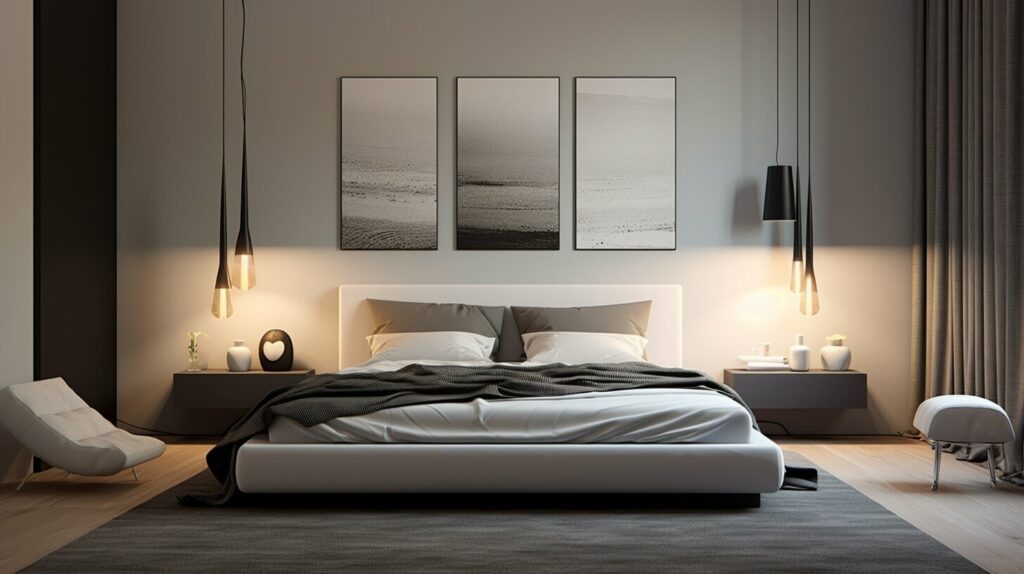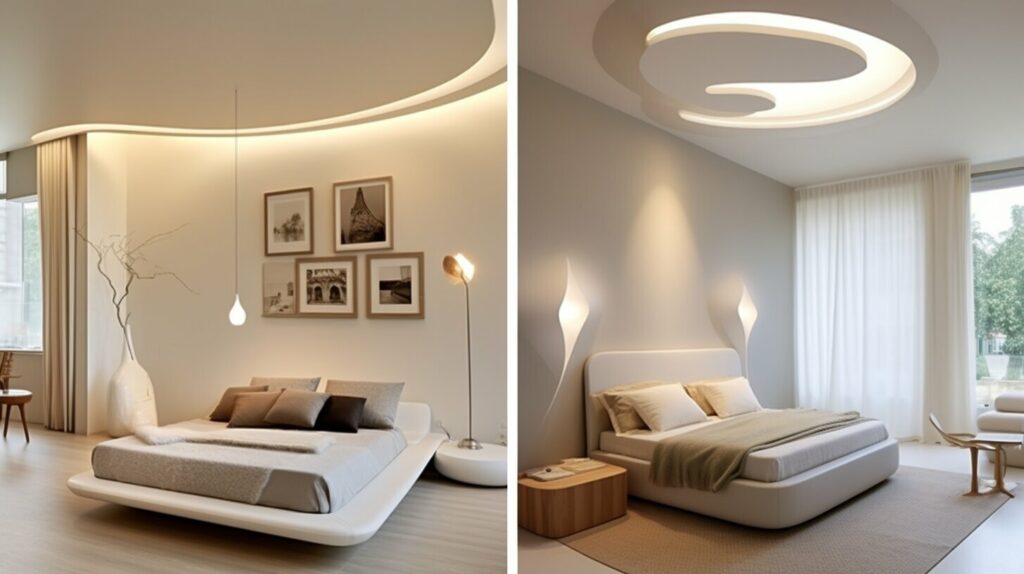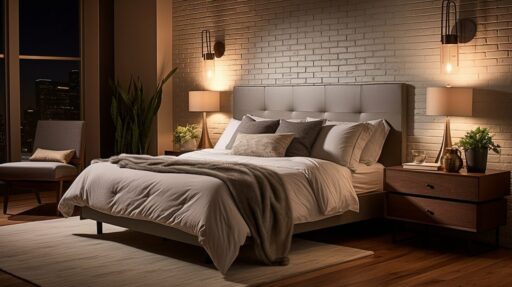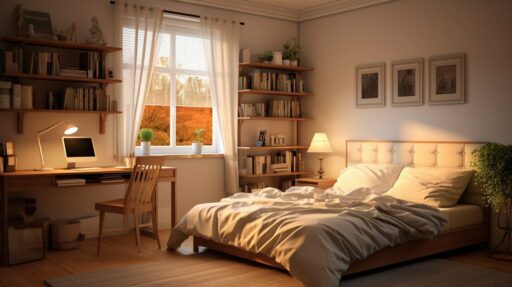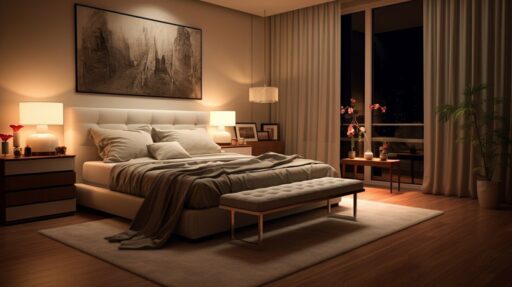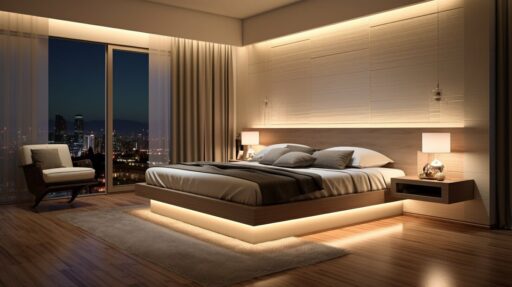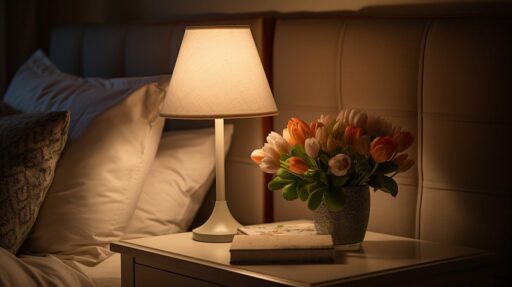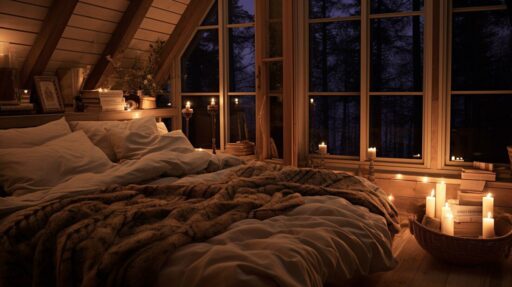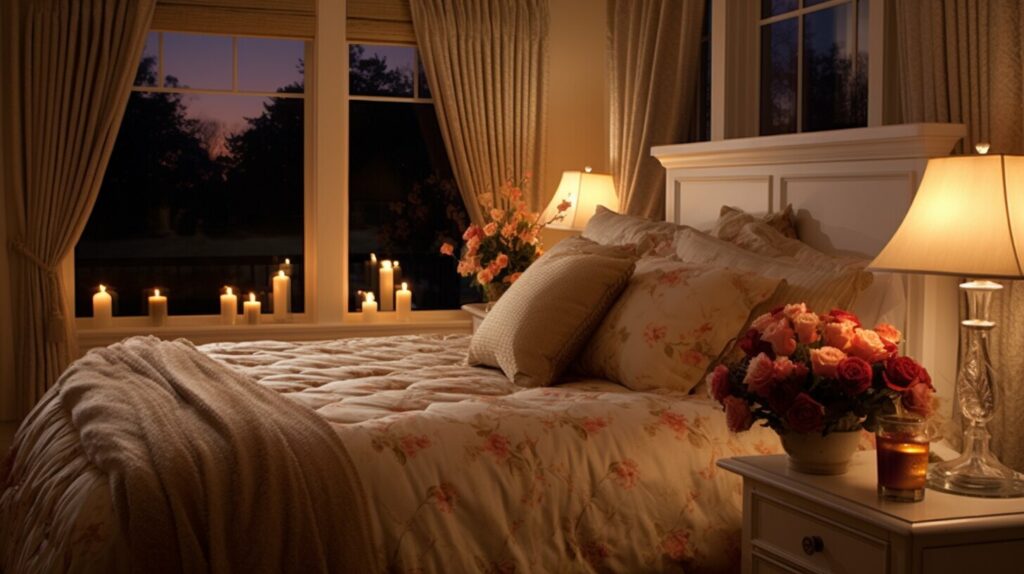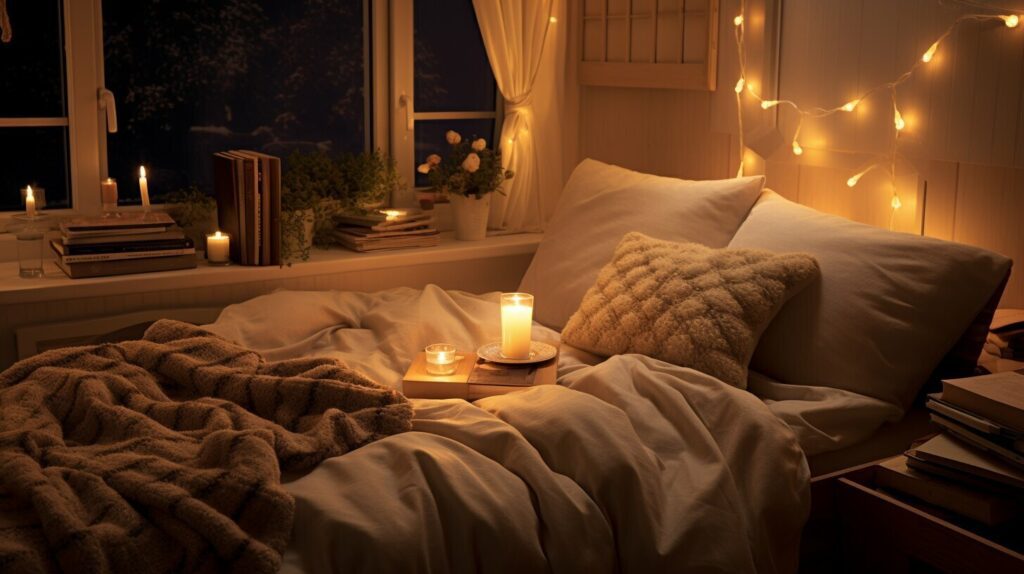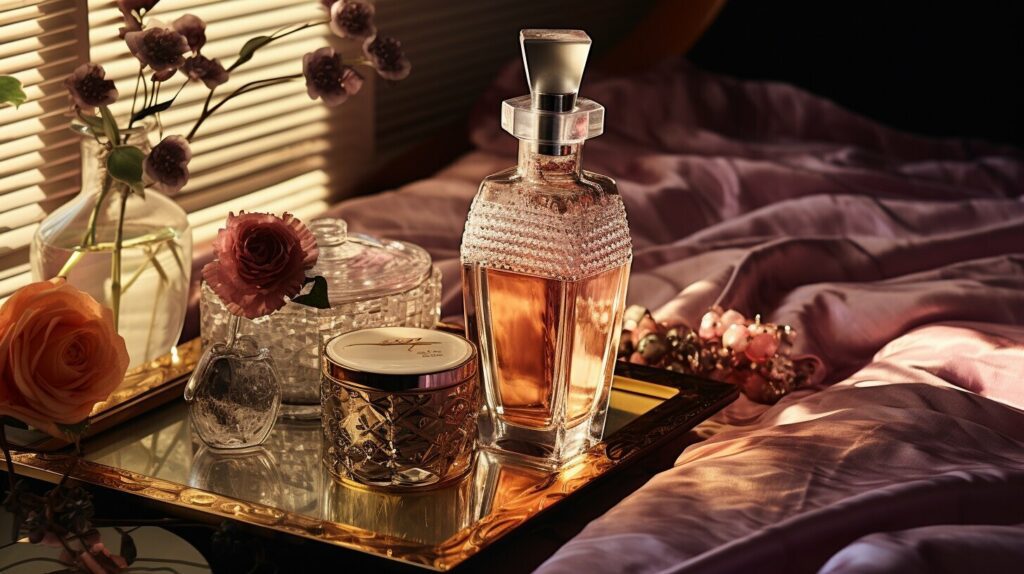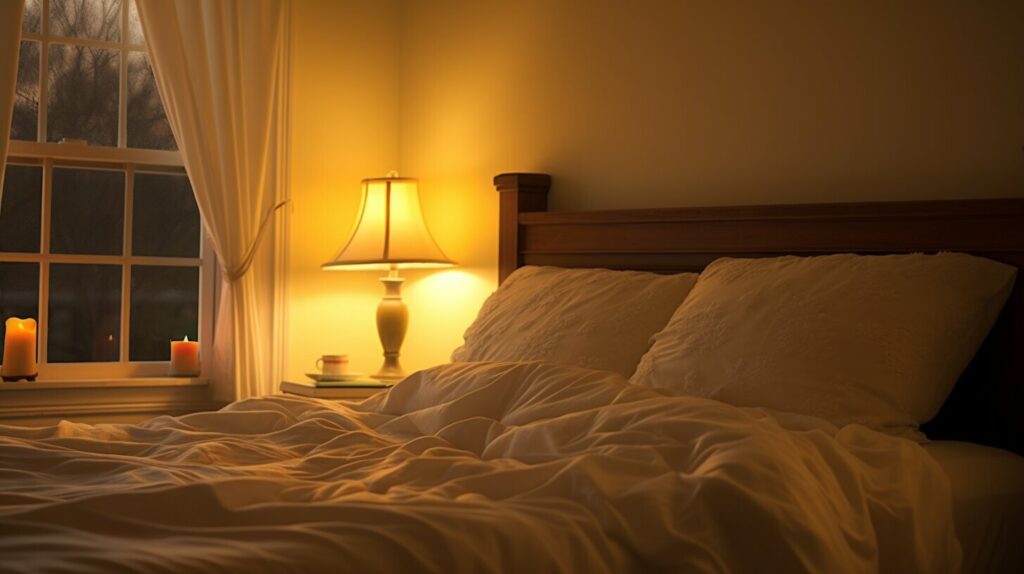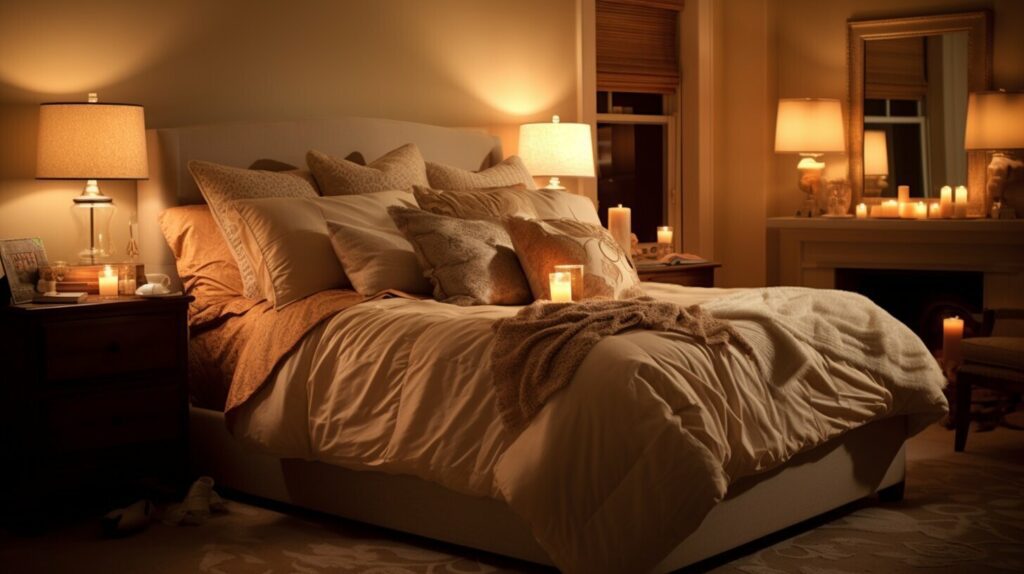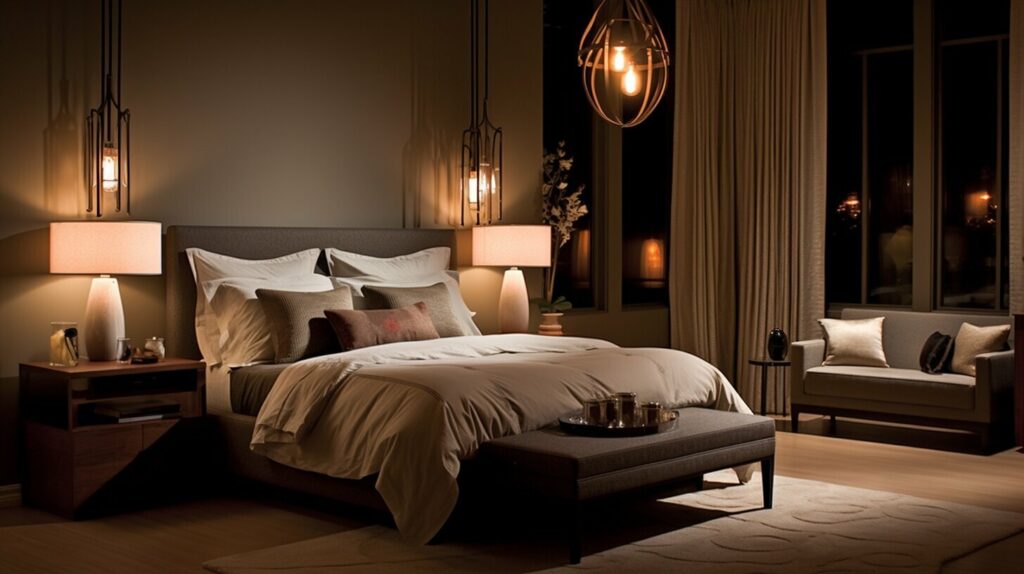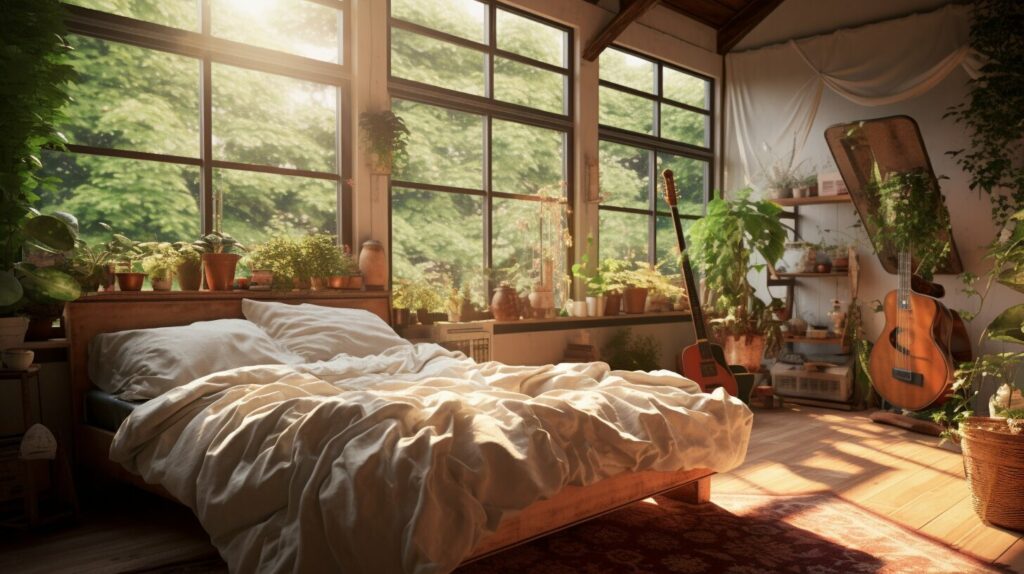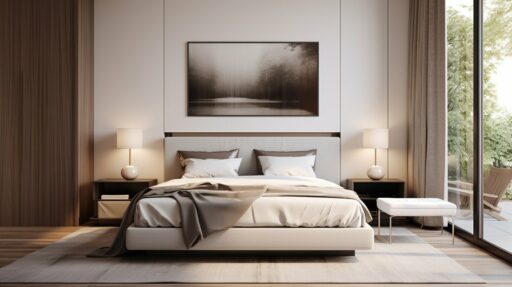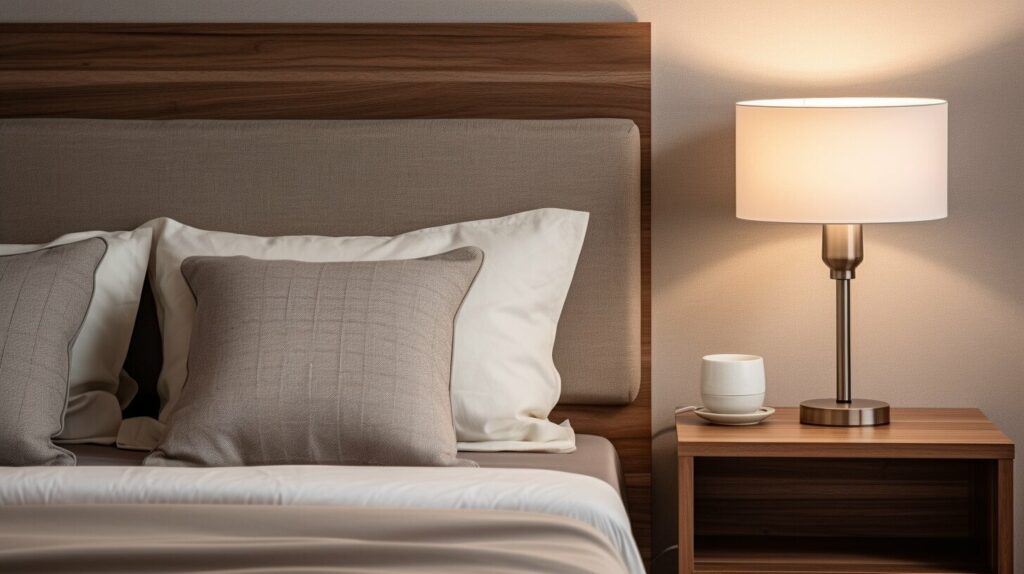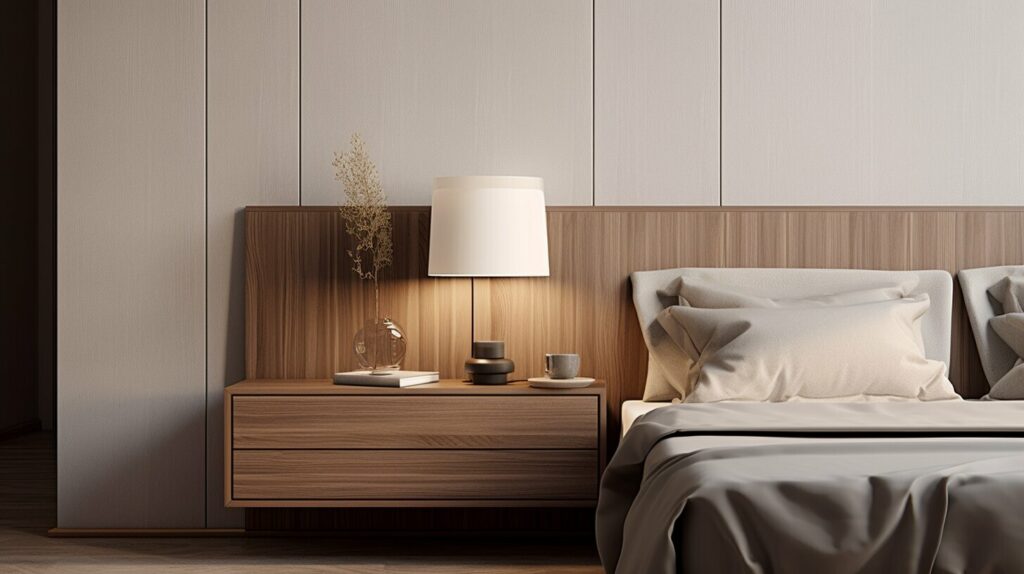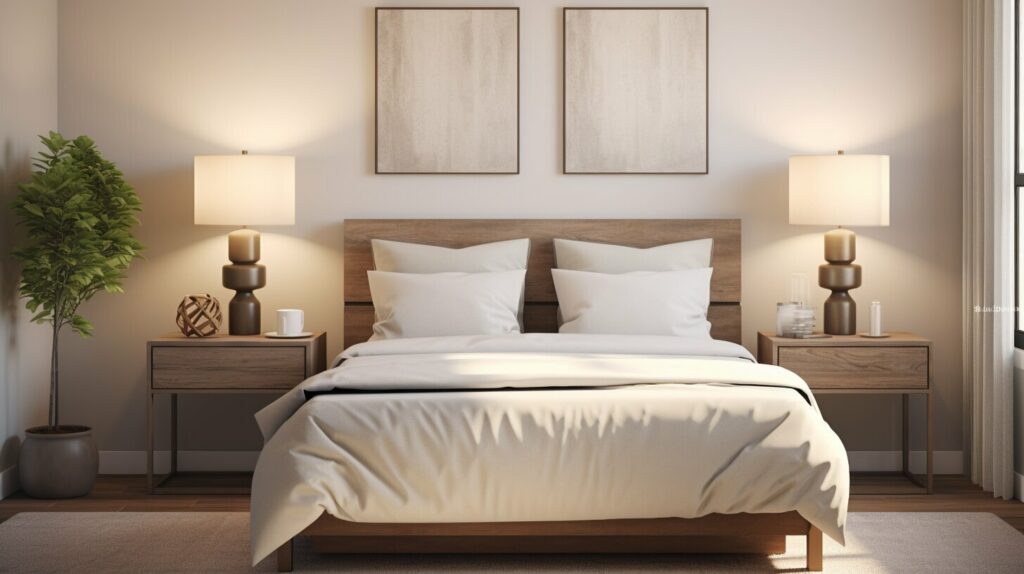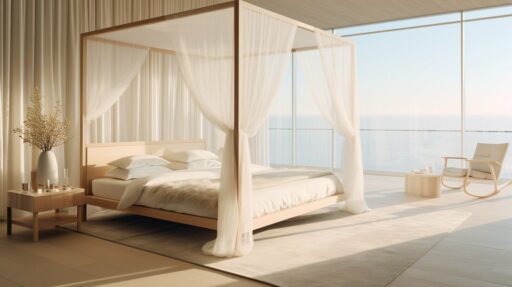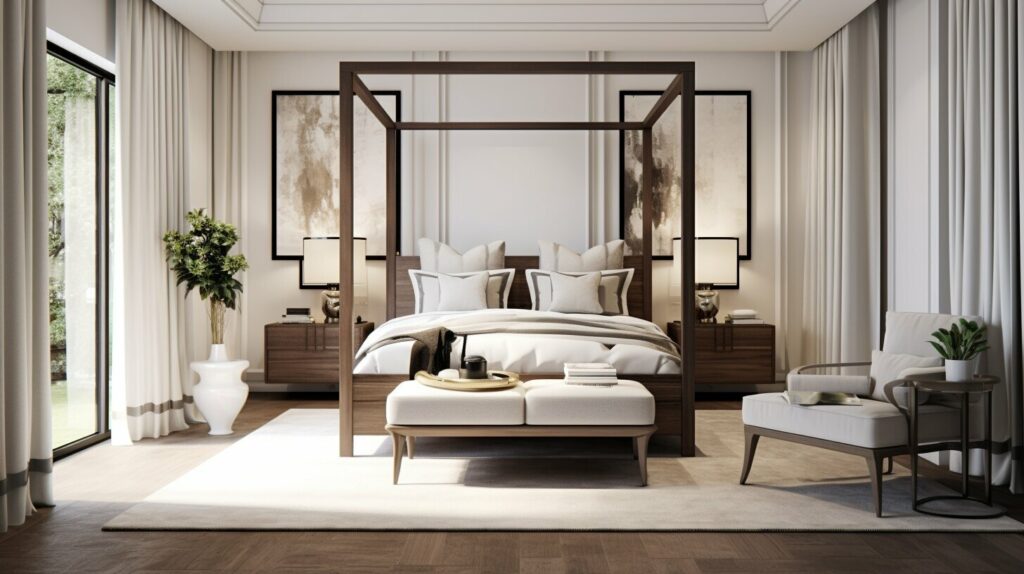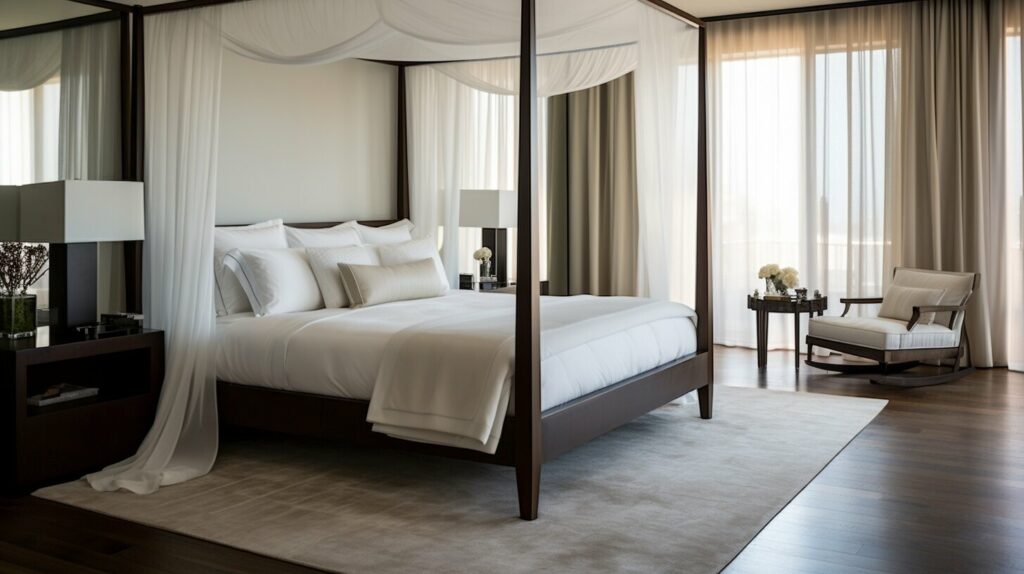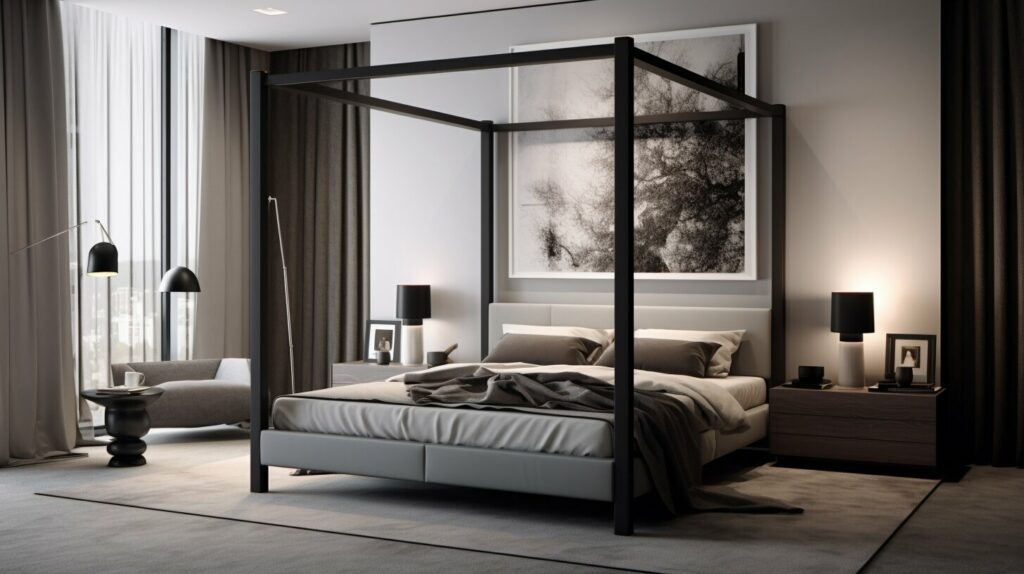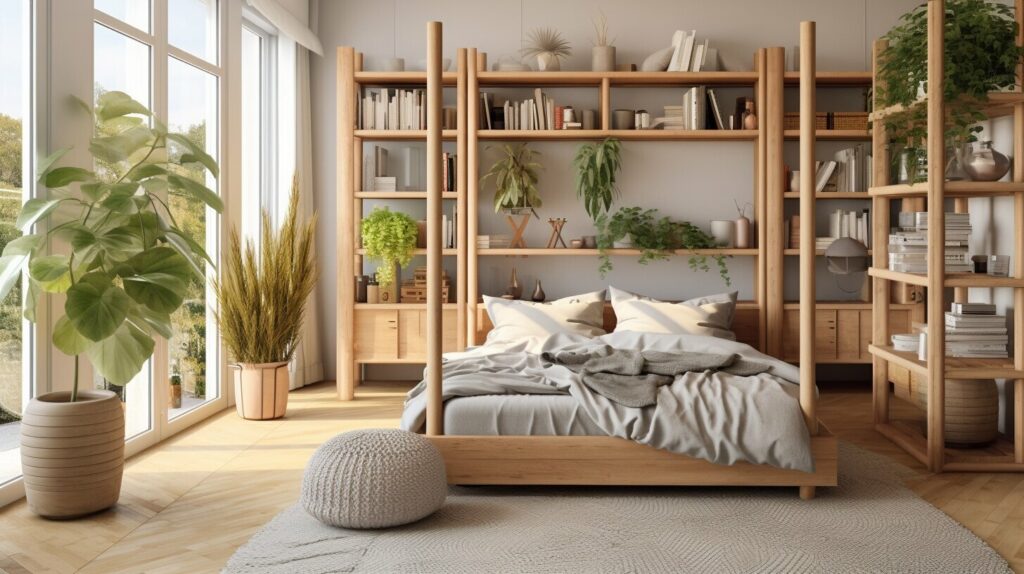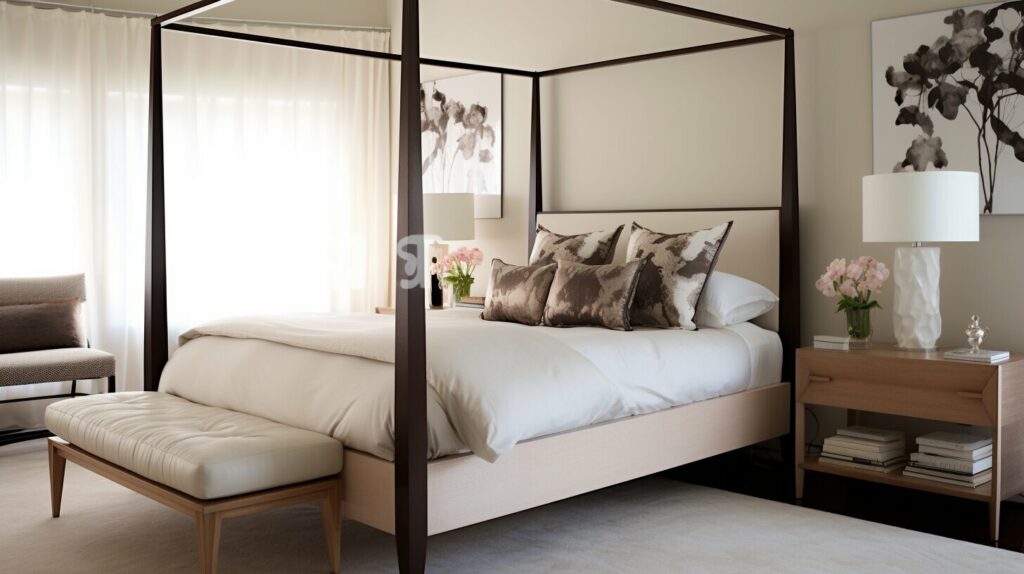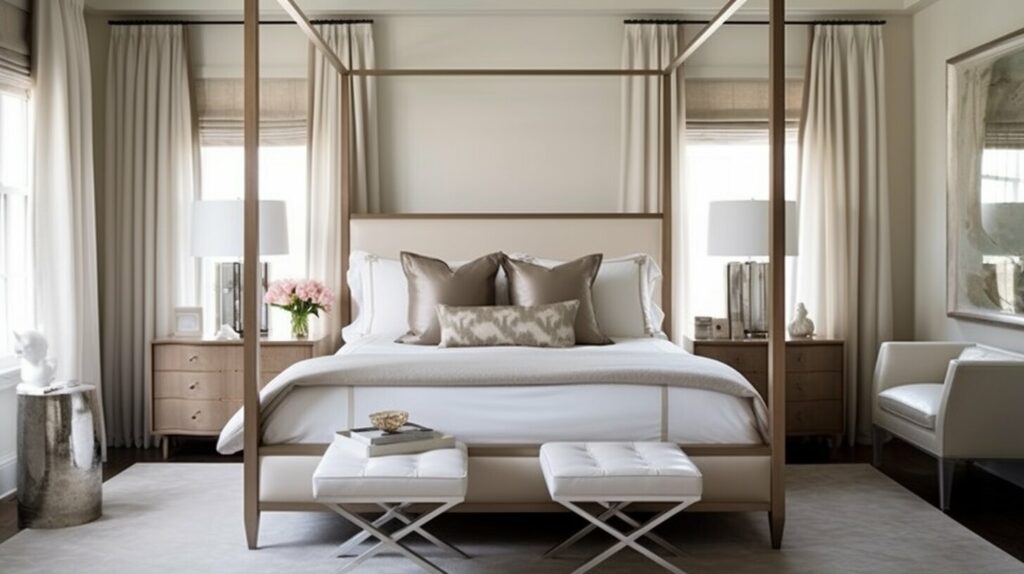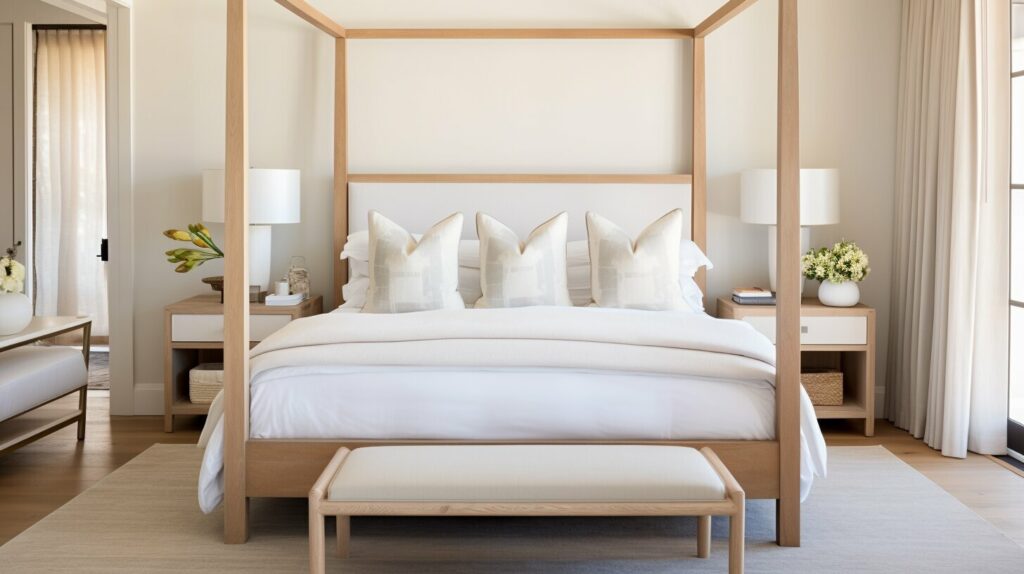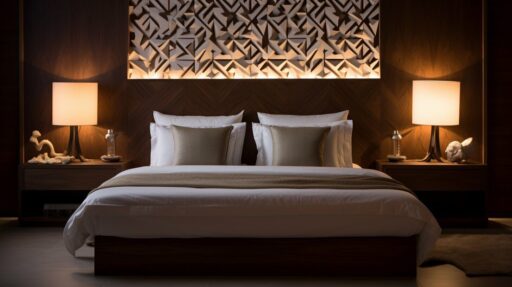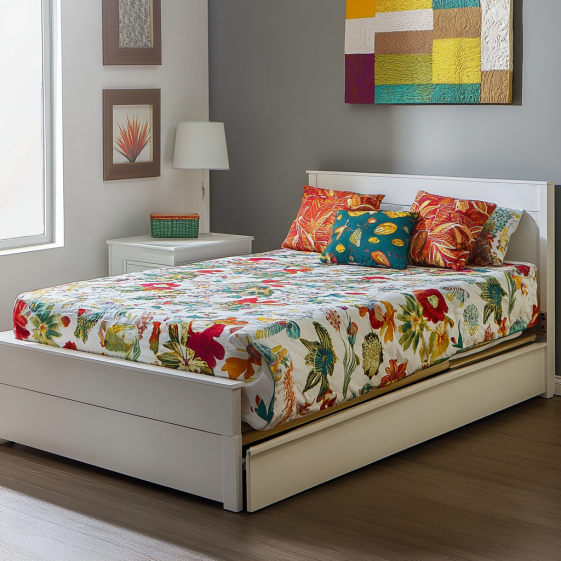Functional and Decorative Mirrors
Functional and decorative mirrors aren’t just for reflection—they brighten rooms, amplify style, and transform bedroom spaces with ease. Whether your bedroom leans minimalist, cozy, or maximalist, mirrors adapt effortlessly to elevate your design.
Key Takeaways
- Mirrors enhance light, depth, and design in any bedroom.
- Strategic placement improves natural lighting and spatial flow.
- Frame styles and mirror types define your decor theme.
- Mirrored accessories tie the room together without clutter.
Why Mirrors Matter
Mirrors are one of the most versatile and transformative elements in interior design. In bedrooms, they not only serve the obvious function of reflection but also bring elegance, depth, and luminosity to your space. A well-placed mirror can visually double the size of a small room, making it feel airier and more open. For instance, if your bedroom feels cramped or overly dim, introducing a tall standing mirror beside a window can immediately refresh the ambiance.
Additionally, mirrors bring an architectural element to flat walls, mimicking the illusion of windows. This is especially helpful in urban apartments or basement bedrooms where natural light might be limited. Their reflective nature also helps showcase statement decor elements like pendant lights or beautiful bedding sets, essentially acting as a spotlight.
To see how mirrors influence light, visit our guide on how bedroom mirrors enhance natural light.
In short, functional and decorative mirrors are design chameleons that uplift your room’s aesthetics and functionality in a snap. When integrated thoughtfully, they add charm, brightness, and practicality to any bedroom setting.
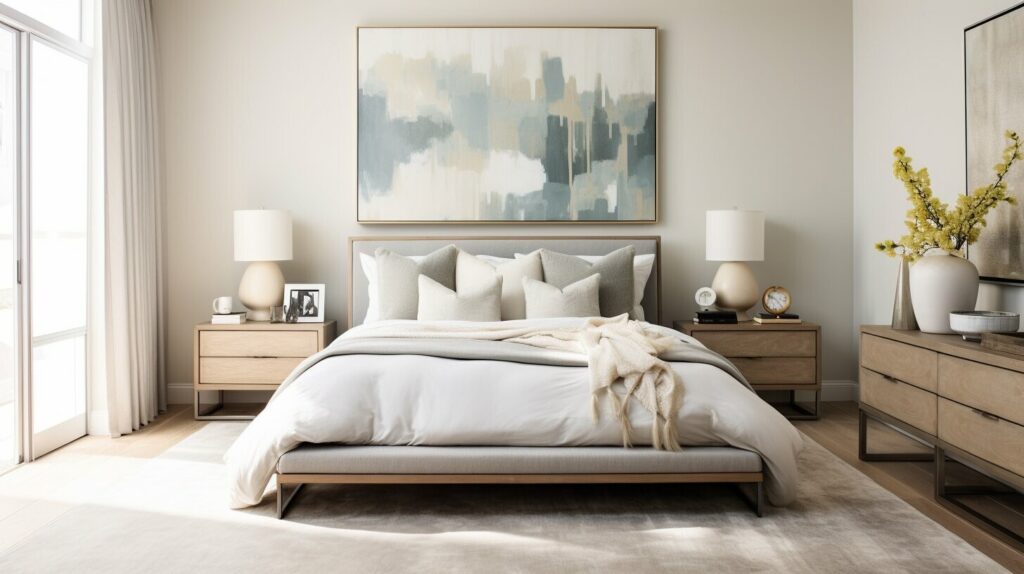
Practical Mirror Ideas That Work Every Day
Let’s be honest—practicality is key when it comes to daily routines, and that’s where mirrors shine (literally!). A bedroom mirror setup that supports your morning and evening flow can save time and reduce stress. Here’s how to make that happen with functional and decorative mirrors:
- Dressing mirrors: Position a full-length mirror close to your wardrobe or closet door. This makes trying on outfits seamless and avoids awkward trips across the room. Pro tip: choose one with a built-in rack or storage feature to double its function.
- Makeup mirrors: These work best on a vanity near natural light. If your bedroom layout doesn’t allow that, consider installing an LED-lit mirror with brightness settings. It’s a game-changer for precision tasks like eyeliner or skincare routines.
- Combo setups: Use a wall-mounted mirror alongside a smaller tabletop mirror. This combo covers both full views and close-up details, especially handy if you share your space or multitask in the morning.
And remember, placement is everything. For optimal layout, explore our article on strategic bedroom mirror placement.
Mirror functionality is about more than checking your reflection—it’s about creating a smooth, stylish experience in your daily life with the help of functional and decorative mirrors.
Style That Shines with Decorative Mirrors
Functional and decorative mirrors double as eye-catching art pieces when chosen with style in mind. They’re not just reflective—they’re expressive. Want to turn your bedroom into a cozy sanctuary or a chic, modern escape? Your mirror choices can help get you there.
One popular trend is the mirror gallery wall: arrange an eclectic mix of shapes, sizes, and frames to form a cohesive yet dynamic art display. For ideas, visit Architectural Digest’s mirror gallery tips.
Another striking idea? Hang a large decorative mirror above the bed. This creates an instant focal point and anchors your sleeping area. For more visuals, visit our breakdown of bedroom mirror designs.
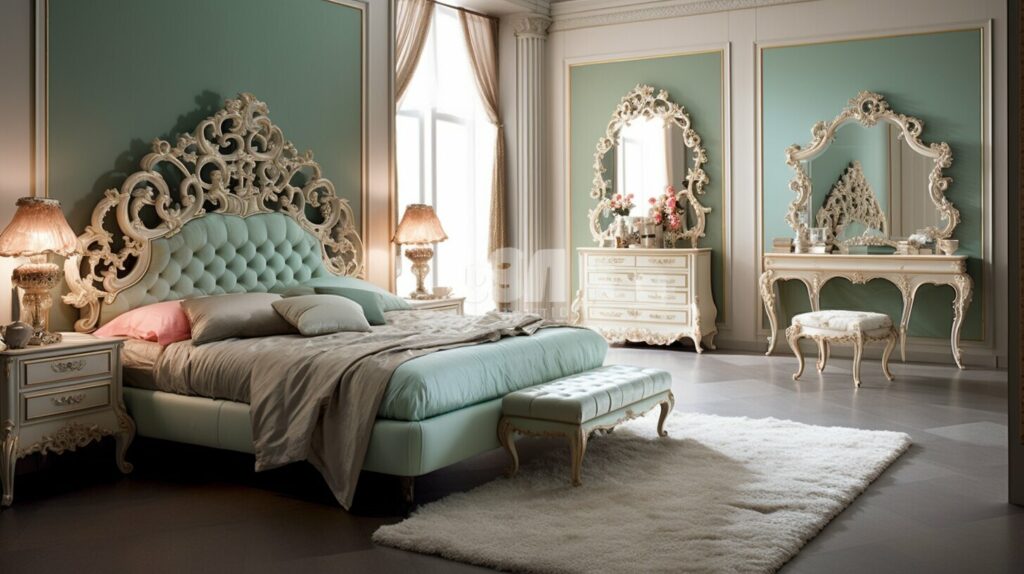
More Light, More Space
If your bedroom lacks light or feels a little tight, functional and decorative mirrors can work optical magic. The trick is in placement. When positioned opposite a window or light source, a mirror bounces natural light around the room, instantly lifting shadows and brightening dark corners.
- Use tall mirrors to draw the eye upward, which makes low ceilings feel higher.
- Install round decorative mirrors to balance out the sharp lines of furniture or architectural features. Their curves soften the space and add a calming feel.
- Consider mirrored closet doors or panels to open up wall space without crowding the room.
Want to avoid pitfalls? Read about common mirror decorating mistakes before you start.
Functional and decorative mirrors can double your room’s visual real estate while creating a cheerful, sunlit atmosphere that’s both calming and energizing.
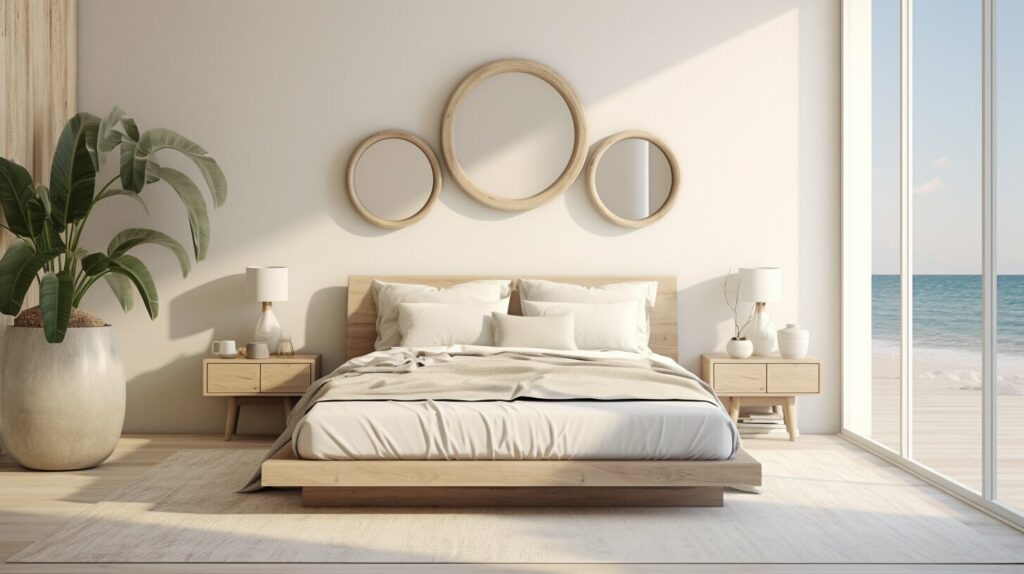
Choosing the Right Frame & Placement
A mirror’s frame is its fashion statement—it sets the tone for the room’s overall vibe. Whether you’re going for rustic charm or urban minimalism, there’s a frame style that fits. Selecting the right frames for your functional and decorative mirrors adds harmony and flow to the space.
- Classic frame mirrors: Ideal for traditional bedrooms with tufted headboards and elegant lamps. Think carved wood or gilded finishes.
- Antique mirrors: These bring warmth and a sense of history. Look for distressed finishes, patina, or unique shapes from vintage shops.
- Modern mirrors: Sleek and streamlined, these work well in minimalist or Scandinavian-inspired rooms. Opt for black metal or frameless designs.
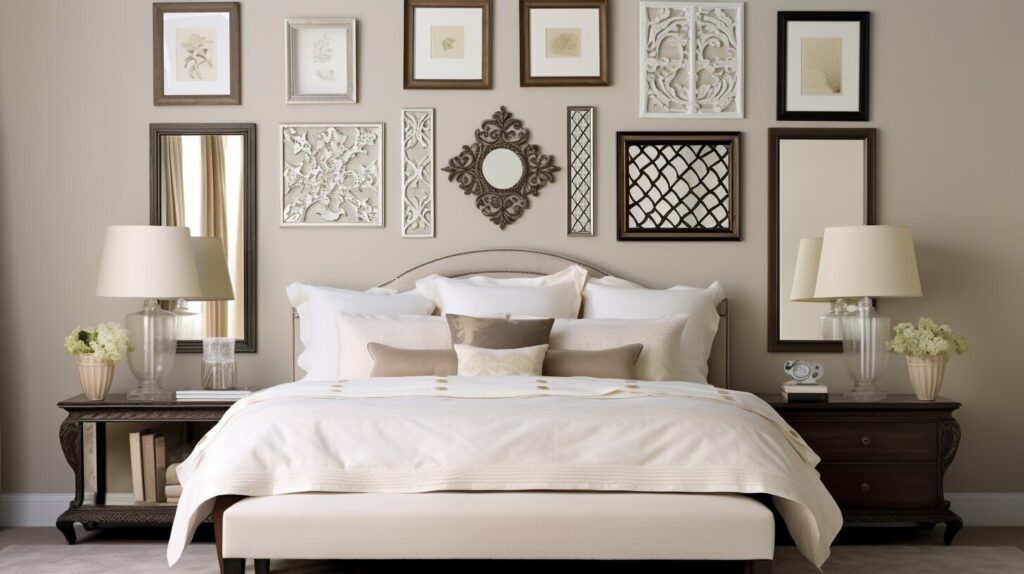
Need help matching light with mirror design? Head to our post on bedroom mirror and lighting ideas.
Beyond the Bedroom
While they’re staples in bedrooms, functional and decorative mirrors are equally transformative in other areas of the home. In the kitchen, mirrored tiles behind the sink or stove reflect light and make the space feel more open. This is particularly effective in small or narrow layouts, such as galley kitchens.
Mirrored furniture—like side tables, nightstands, or cabinets—can glam up any room while providing utility. These pieces are especially popular in contemporary or Hollywood Regency styles, where reflection equals luxury.
To explore the creative potential, check out Architectural Digest’s feature on decorating with mirrors.
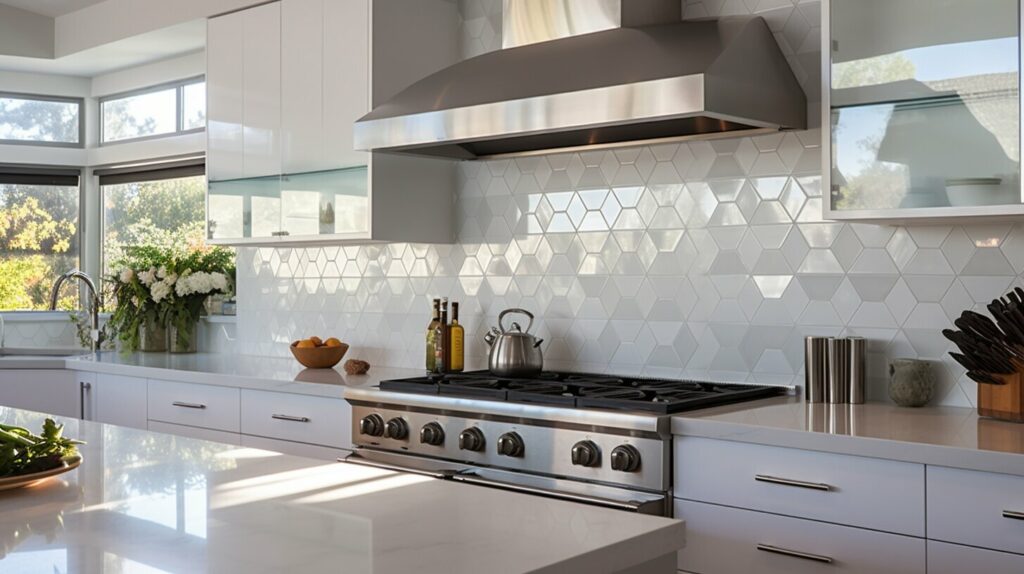
Create a Gallery Wall or Statement Piece
Mirrors as art? Absolutely. A mirror gallery wall works just like a collection of framed prints—but with the bonus of light and dimension. Try mixing round, oval, and rectangular mirrors with varied frames for a collected-over-time look. Lay them out on the floor first to visualize the pattern before committing to nails.
Prefer minimalism? A single oversized mirror can anchor the room. Lean it against the wall or mount it at eye level. Either way, functional and decorative mirrors become a powerful design element that draws attention without overwhelming the space.
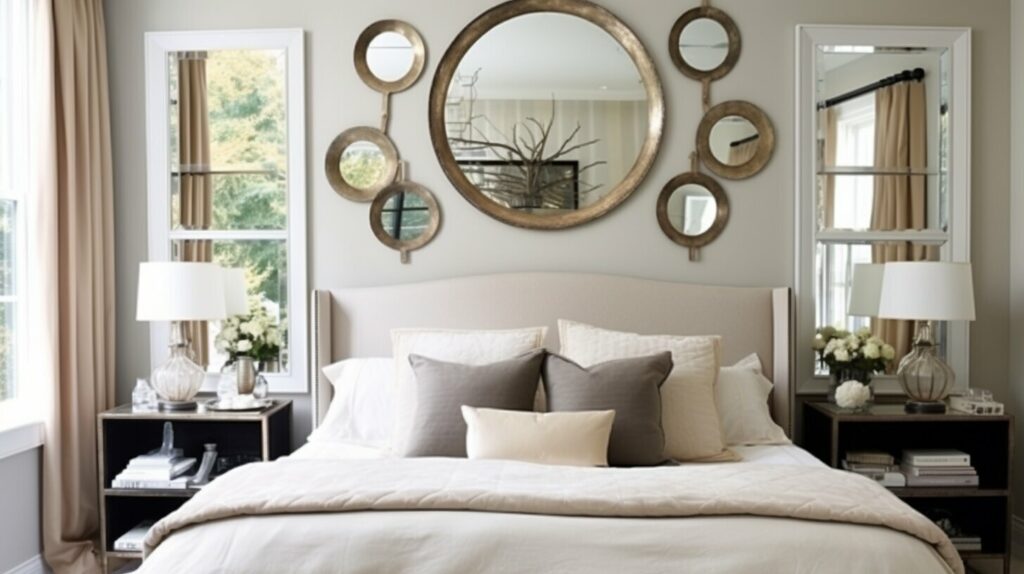
Gallery walls and statement mirrors offer artistic flair while reflecting your unique style—literally and figuratively.
Reflection Matters
It’s not just about having a mirror—it’s about what that mirror reflects. Always ask: what will be mirrored back? The answer can either elevate your room or distract from its charm. Position functional and decorative mirrors to highlight what you love most about your bedroom—be it an art piece, your favorite plant, or a stunning window view.
- Use mirrors to spotlight a cozy reading nook or an accent wall.
- Frame mirrors to echo nearby decor elements like lamps, textiles, or plants for design harmony.
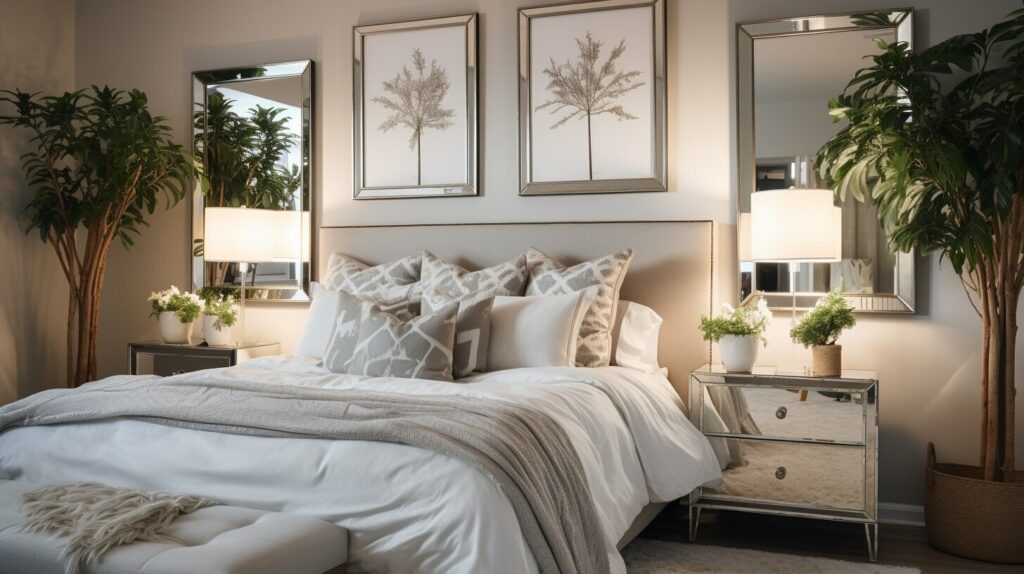
Reflections shape the mood of a room. With thoughtful placement, your mirrors can help craft a peaceful, beautiful environment that feels intentional and lived-in.
Finish with Accessories
The magic is in the details. Small mirrored accessories add cohesion and shimmer without overwhelming your space. Think decorative trays on dressers, mirrored coasters on nightstands, or reflective photo frames that tie into the room’s larger mirrors. These small pieces extend the charm of your functional and decorative mirrors.
Another chic touch? A mirrored vanity mirror with built-in lighting—it adds both Hollywood glam and nighttime functionality. When layering accessories, stay within your room’s color palette and mix in other textures like velvet or wood for visual balance.
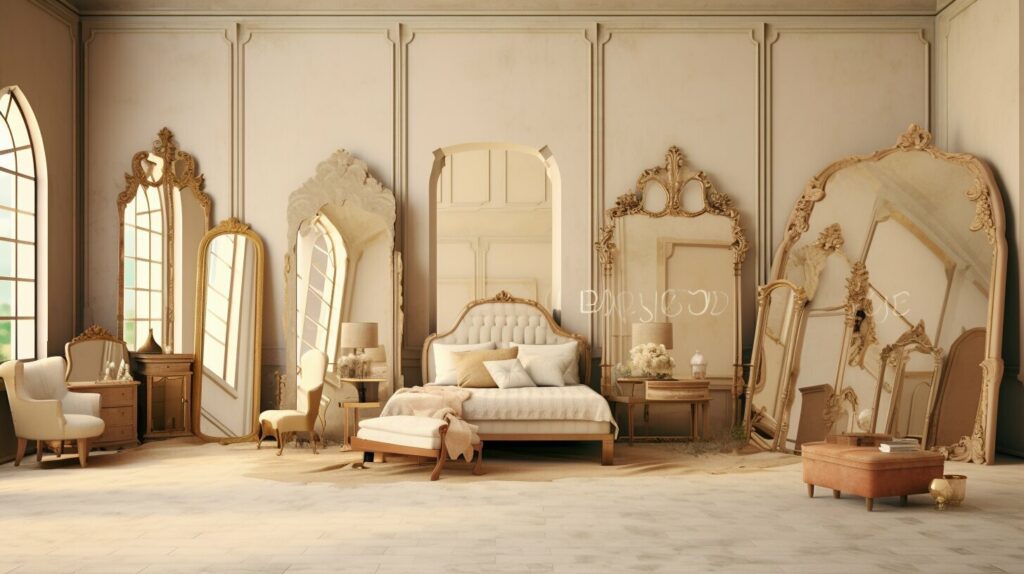
Little touches go a long way. These accents help you build a space that feels cohesive, curated, and uniquely yours—with just the right amount of sparkle.
FAQ
Where should I place a large bedroom mirror?
Do mirrors make small bedrooms look bigger?
Learn more in our guide to mirror and lighting strategies for the bedroom.

